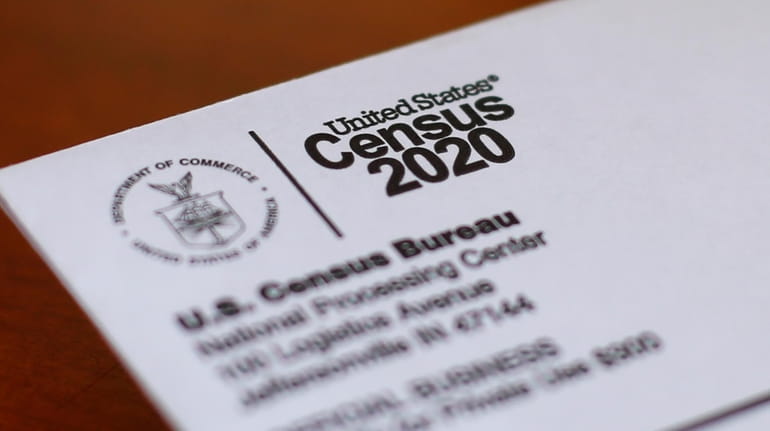Meanings of race, whiteness evolve

The number of those identifying as "some other race" in the 2020 census grew by 28 million from a decade ago, while "two or more races" was up by 25 million. Credit: AP/Paul Sancya
Data based on the last U.S. census sparked a flurry of recent headlines about the unprecedented shrinking of the white population in America.
The number of Americans who identify as "white alone" dropped by 19.3 million between 2010 and 2020. This is the stuff of "Great Replacement" paranoia on the right, where propagandists like Fox News’ Tucker Carlson ring the alarm about invasion by dark-skinned migrants and devastation of white communities by drugs. Meanwhile, to some on the left, a less white America heralds a more progressive future. But these rhetorical wars don’t capture the reality of a more multiracial America in which the understanding of both race and "whiteness" is likely to evolve.
In an article in the online magazine Unherd, Eric Kaufmann, a political scientist at University of London and author of the 2018 book, "Whiteshift: Immigration, Populism and the Future of White Majorities," argues that the talk of a white decline is greatly exaggerated. He notes that the drop in numbers for "white alone" is more than offset by the increase in those identifying as white in combination with another category, usually Hispanic: 23.6 million. The number of those picking the option of "some other race" has grown by 28 million from a decade ago, while "two or more races" is up by 25 million.
Kaufmann argues that the drop for "white alone" is due partly to the changed wording of the census survey which made it more likely that people would consider "Hispanic" as an ethnic category in addition to racial identity.
What does it all mean socially and politically? Claims that a growing nonwhite population spells doom for Republicans have stoked right-wing fears and left-wing hopes. But the results of the 2020 election, in which Hispanic voter turnout surged but so did Hispanic votes for Donald Trump, show that these claims need to be treated with caution.
Some argue that Hispanics are in the process of being absorbed into the general category of "white" — much like Italians and other European ethnics, who were widely viewed as racially different and culturally alien when they first migrated to America in the 19th and early 20th centuries. This trend could end up boosting the white majority, causing it to grow, not decline, in coming decades.
This may be the case. Yet both census results and overall cultural trends — including intermarriage and multiracial identities — suggest an American future in which racial categories are far more fluid and racial labels far less important. But while this prospect would make right-wing demographic fearmongering obsolete, it also points to the failures of progressive discourse on race and identity, which is obsessed with labels.
Notably, current conversation on "anti-racism" tends to focus on Black and white as the two principal population groups. Black Americans have a unique history of oppression and still face many race-specific disadvantages; these problems must be addressed. And yet, to view today’s varied and complicated America through the lens of Black/white polarization is a narrow and inadequate perspective — one that often leads to Hispanics and Asian Americans being treated as "white adjacent" or even complicit in "white supremacy."
The most optimistic, and perhaps the most likely, scenario is that the America of the future (even the near future!) is neither majority-white nor minority-white, but truly multiracial. Now we just need a political vision to get us there.
Opinions expressed by Cathy Young, a contributing editor at Reason magazine, are her own.

